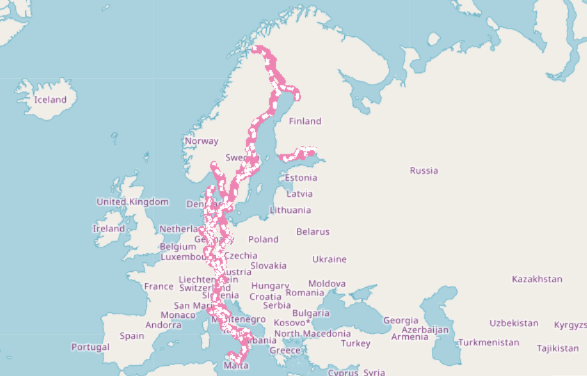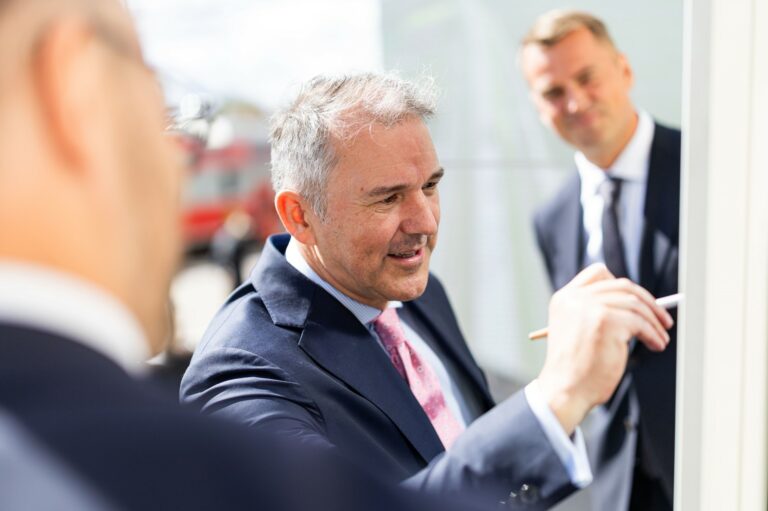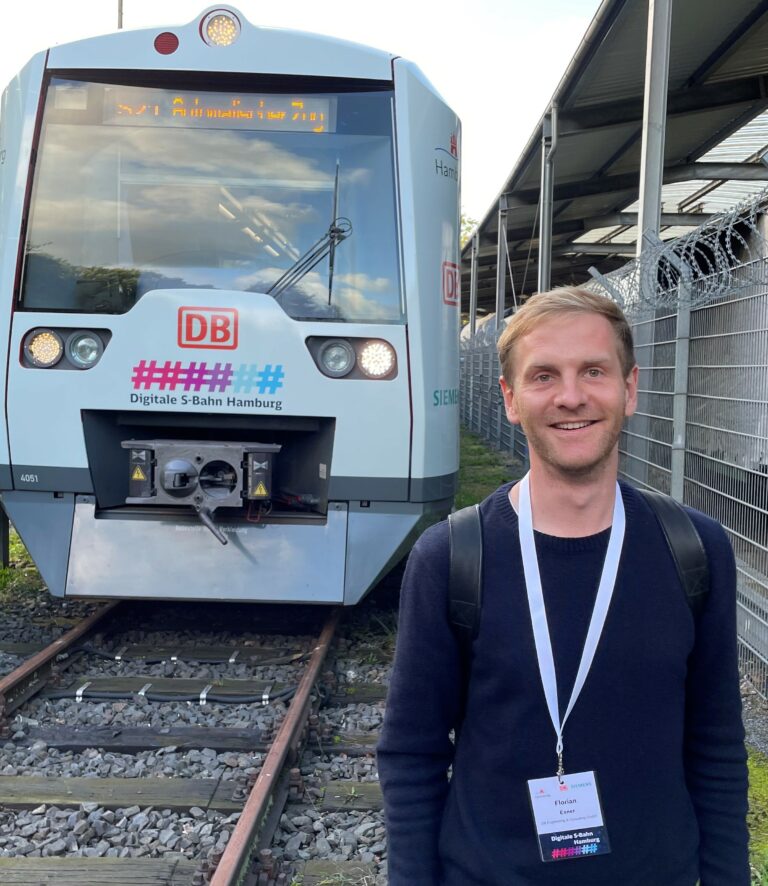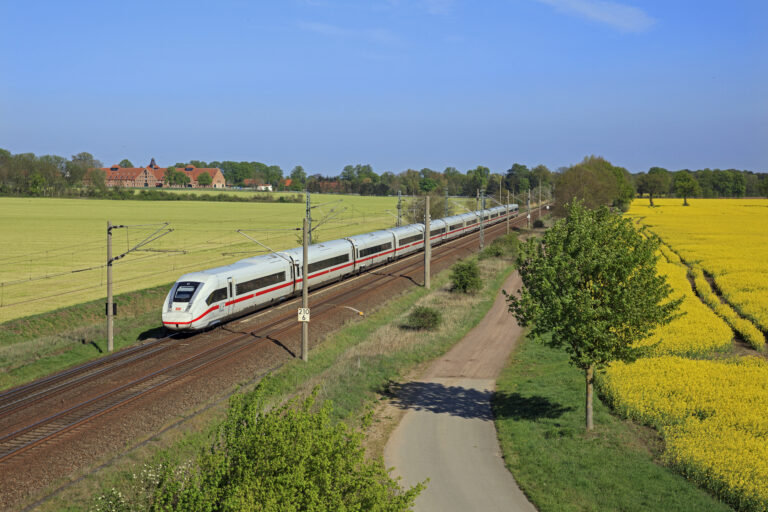The EU’s Trans-European Transport Network program (TEN-T) leverages nine corridors to connect the continent by rail, roads and waterways. Running from the North Sea through the Rhine Valley to the Italian city of Genoa, the Rhine-Alpine corridor is the main thoroughfare for European freight transport.
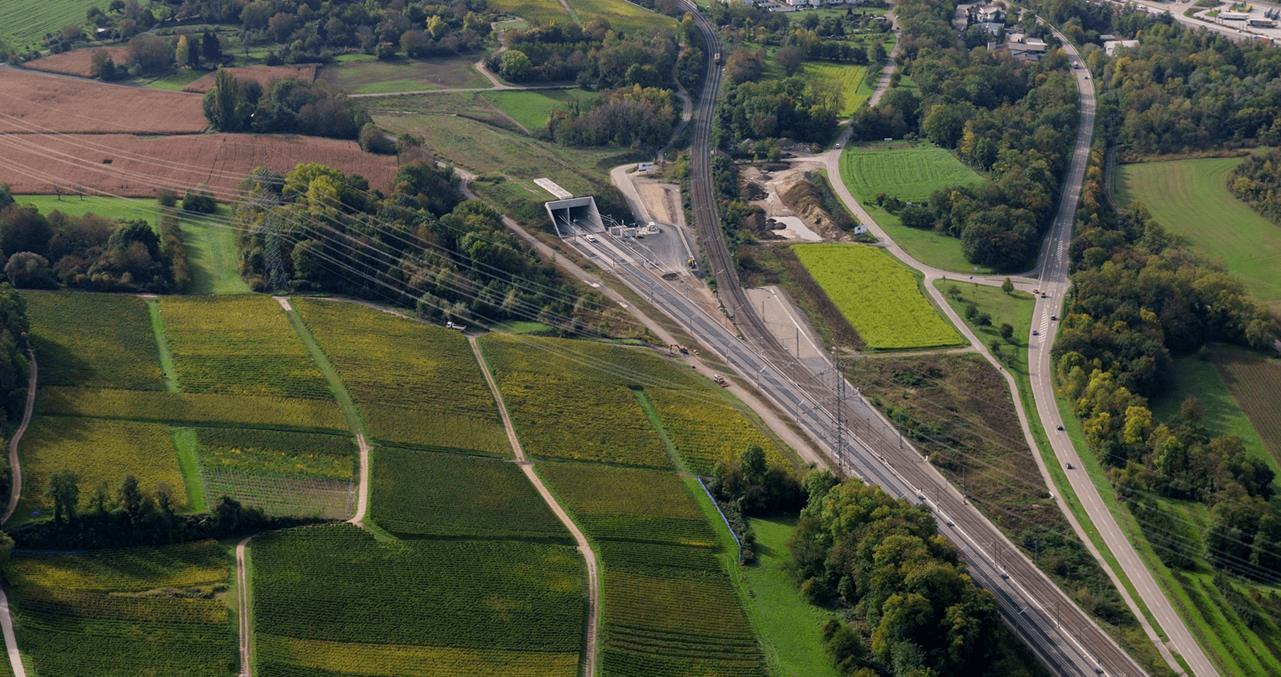
The European Union’s TEN-T project celebrates its 25th anniversary this year. Conceived in 1996, the project aims to seamlessly connect every part of Europe. The TEN corridors run from northern Norway to southern Italy and from the UK to the Black Sea. We covered the Scandinavia-Mediterranean corridor when we recognized the European Year of Rail, so today we are focused on the corridor connecting the Rhine Valley with the Alps.
A lifeline for Europe
Starting at the Benelux seaports of Amsterdam, Rotterdam and Antwerp, the Rhine-Alpine corridor runs along the Rhine Valley, passing through Basel before terminating in the Italian city of Genoa. The corridor crosses through five countries – the Netherlands, Belgium, Germany, Switzerland and Italy – and includes six modes of transport: roads, rail, ocean freight, air freight, suburban trains and inland waterway transport on the Rhine.
Boasting impressive dimensions, the corridor has a total length of 6,200 km (3,800 mi.), with railway track accounting for 3,000 km (1,800 mi.) alone. The corridor links Europe’s strongest economic regions with the North Sea and the Mediterranean, thus serving as a main connector for freight transport across the entire continent. The Rhine-Alpine corridor also plays a particularly important role in the TEN project itself. Since it is already at an advanced stage of development, the transport network provides best practices and serves as a blueprint for other corridors in the program.
Breaking down barriers – boosting rail transport
One unique aspect of TEN is its focus on overall expansion. While border checks within the EU may be a distant memory, barriers still exist between countries. Structural hurdles like discrepancies in rail profiles slow down freight and passenger transport. These kinds of issues inconvenience everyone involved and weaken the climate-friendly rail system. The EU intends to harness the TEN program to boost rail transport, so Europe’s corridors are being steadily expanded and modernized. DB Engineering & Consulting is currently involved in several major projects on the Rhine-Alpine corridor:
Since April 2021, the Emmerich-Oberhausen upgraded line has included a bridge 64 m (210 ft.) long and 8 m (26 ft.) wide which took some eight months to build and provides a path across the Rhine-Herne canal in Germany’s Ruhr district. Moving the 260-ton steel structure into place was precision work at its finest. The bridge is now helping traffic move much more quickly. Additionally, 55 rail crossings are being replaced by 38 bridges on the upgraded line, which is 73 km (45 mi.) in length, and the system transition point on the border between Germany and the Netherlands is being upgraded as well. In addition to construction supervision, we’re handling design and implementation management for this project.
Near the border between Germany and Switzerland, DB Engineering & Consulting is also working on the TEN expansion, in this case as the overall planner – the Karlsruhe-Basel upgraded and new-build line encompasses several important transport hubs, including Freiburg main station. The highlight of the construction project is the Katzenberg tunnel, which is 2,000 m (6,500 ft.) in length.
These examples are just a handful of the many construction projects large and small which are underway along the entire corridor. European integration on the rails – that’s the heart of the TEN program, and DB Engineering & Consulting is working toward that goal each and every day. This is our way of contributing to the Strong Rail system and making it the main thoroughfare for transport across all of Europe.
Contact
DB Engineering & Consulting
EUREF-Campus 14
10829 Berlin
Germany
